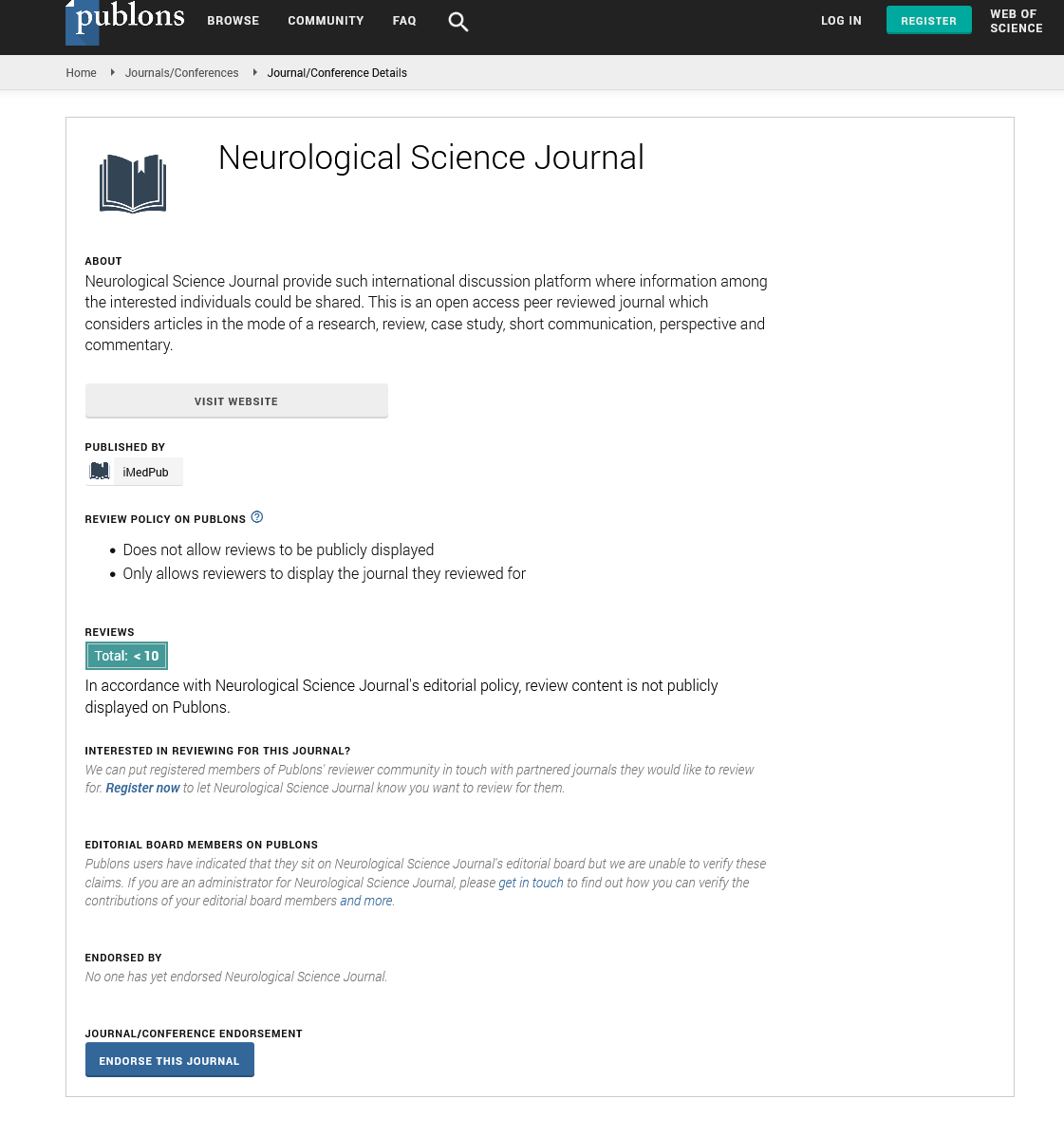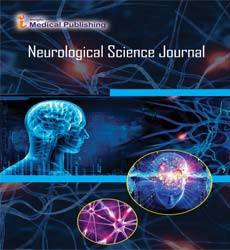Abstract
The Role of Lateral Habenula in Depression: What We Know and What We Dont Yet Know
Depression is a serious neuropsychiatric disorder and affects a large number of populations worldwide, and results in great social and economic burden. The lateral habenula (LHb), as one main subnucleus of the habenula which is part of the epithalamus, could decode aversive signals in the brain. The LHb showed some innervations to the dorsal raphe nucleus and the locus coeruleus that had closely relationship with depression. A plethora of evidence including both animal models and clinical studies has confirmed the involvement of LHb in the pathophysiology of depression. The LHb generally exhibited hyperactivity under the depressed state, which may, to some extent, be due to the aberrant regulation or dysfunctions of certain specific molecules in the LHb, for example, the β form of calcium/calmodulin-dependent protein kinase type II and p11 as well as protein phosphatase 2A. Though great efforts on the study of the role of the LHb in depression and great advances had been made, far more remains to be addressed concerning functional role of LHb in anxiety and the interactions of LHb with other brain systems related to stress which acts as a crucial factor inducing depressive-like symptoms. Accordingly, in the present mini-review we took a brief glance at some key findings pertaining to the role of LHb in depression and tried to inspire some hints on the unresolved aspects concerning this specific brain area in the pathogenesis of depression, and hopefully to provide some insights into future studies on the potentially crucial role of LHb in depression.
Author(s): Zhang Yun Feng
Abstract | Full-Text | PDF
Share This Article
Google Scholar citation report
Citations : 11
Neurological Science Journal received 11 citations as per Google Scholar report
Neurological Science Journal peer review process verified at publons
Abstracted/Indexed in
- Google Scholar
- Publons
Open Access Journals
- Aquaculture & Veterinary Science
- Chemistry & Chemical Sciences
- Clinical Sciences
- Engineering
- General Science
- Genetics & Molecular Biology
- Health Care & Nursing
- Immunology & Microbiology
- Materials Science
- Mathematics & Physics
- Medical Sciences
- Neurology & Psychiatry
- Oncology & Cancer Science
- Pharmaceutical Sciences

